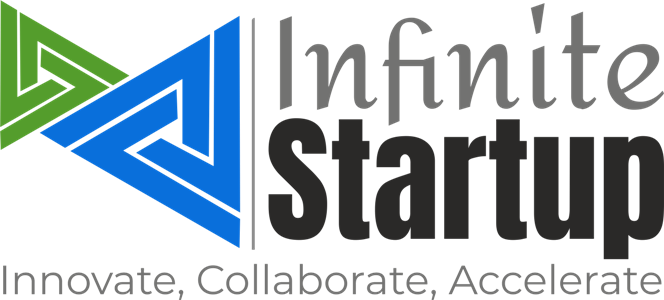Idea Validation
overview
Idea Validation
Idea validation is the process of gathering evidence around ideas through experimentation to make fast, informed and de-risked decisions.
It’s a process that starts from an idea and typically ends with a paying customer. The purpose of idea validation is to expose the idea to the practicality of the real world before you build and release the final product or offering.
Our Managed IT services will help you succeed. Let’s get started

